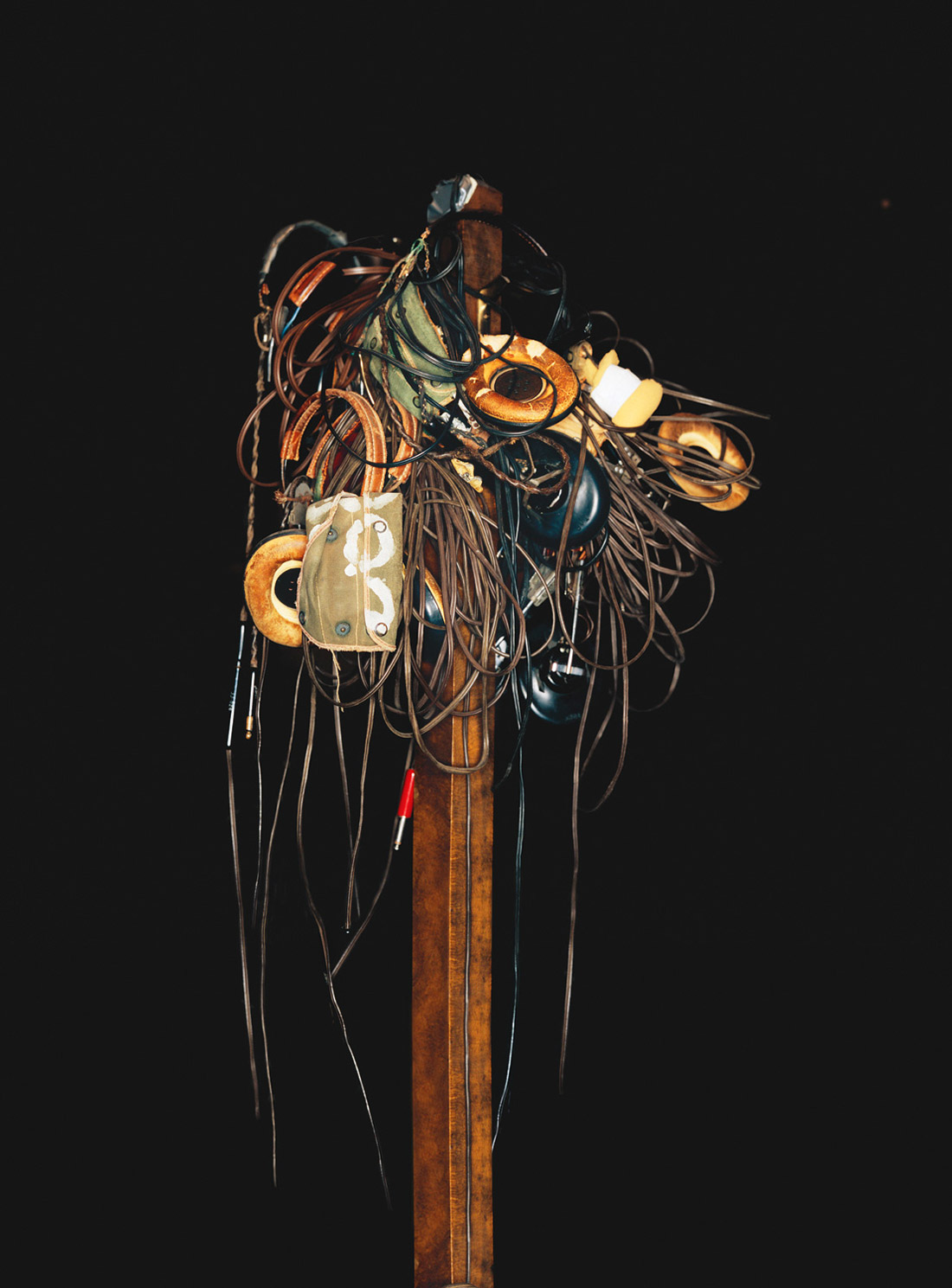The world of the digital DJ has undergone tons of changes in a relatively short time. Much like the realm of mobile phones, there are new technologies, hardware configurations, and functionality introduced at a blistering pace. Where only a few years ago, the digital jockey options were slim, now gobs of software makers have come to market with some sort of digital DJ'ing platform, and the list of hardware, software functionality, and combinations of the two is getting to be long enough to confuse even savvy tech junkies. With all the possibilities, Native Instruments in particular has managed to build and develop robust, stable, highly-intuitive gems of both hardware and software. NI's DJ specific software, Traktor, is the go-to for many of the biggest DJs on planet Earth, and NI's controllers have been widely accepted as some of the most innovative and most user-friendly around. With the digital DJ in mind, Native Instruments has a host of audio interfaces with varying degrees of I/O, and one in particular that's built specifically for the mobile DJ that wants to keep gear to an absolute minimum. Traktor Audio 2 is an interface that measures 3.5'' x 2.3'' x 0.9'' (that's about 3/4 of the length of an iPhone, slightly less wide, and roughly double the depth) and packs 24bit, 96 kHz resolution, USB connectivity, and two assignable outputs. A quick word for those who might be familiar with the Native Instruments product line -Traktor Audio 2 is the same box as Audio 2 DJ and has the same specs. It's simply gotten a name change.
As someone who's DJ'ed for many many years, I've watched the progression from vinyl to CDs to software, and I've experienced the trials and tribulations of each shift. Vinyl sounds gorgeous but travels as well as a bag of bricks (a big bag of bricks), CDs brought the ability to carry months worth of music in a small lightweight case but introduced the difficulty of quickly finding tracks, and finally, software DJ'ing brings the ability to carry as much music as a hard drive can handle and gives the ability to scan through organized playlists and folders of music quickly - but now the issues become those of computer music in general. Namely, how you get sound from it to whatever system you're jacking into, and how you route that sound. I've used loads of setups over the years and this one really is unique and has some great advantages.
The most obvious plus to this box is its size. It literally fits in a pocket (a normal pocket) and weights next to nothing (technical definition of "next to nothing" is 3.2 oz - quite lighter than most smartphones). I've done some traveling with a computer DJ rig and in the past had taken a PreSonus FireBox, which is considered a "portable" interface that weighs in at 5 lbs! The difference is enormous. For those used to traveling with gear, you know that any extra weight is a problem. Another thing that I prefer over the FireBox is the USB connection. A 6-pin FireWire 400 connection is far less stable physically, and I was constantly aware of what was near the cable since a serious bump could easily dislodge it. USB is just a more solid connection.
Routing of audio through the Traktor Audio 2 is also robust, given its physical specs. The two 1/4'' outputs give you some pretty cool flexibility and allow you to send stereo or mono signals to each. For example, you can send two stereo signals to a mixer and assign different channels in Traktor to output to each (similar to a more classic DJ setup where you can then use the levels on the mixer to bring in each channel from Traktor). Or you can send one stereo signal to the mixer and use the second output to route the cue mix for monitoring tracks before sending them into the house mix. Or if you're really looking for a basic setup at home, one stereo out can be split and sent straight to a pair of speakers. Both channels also have indicator lights showing whether or not audio is being transmitted on that channel (a really, really great tool in a dark venue). NI touts Cirrus Logic converters, and the thing does sound great. They also make a point of mentioning that the unit puts out a ton of sound, and they're right; there's definitely nothing lightweight about the sound level - it's freaking loud. At full volume, it was extremely close to the output of the FireBox.
Ultra-low-latency drivers are also a big plus, meaning things that you tweak software-wise translate instantly through the speakers - no delay between the twist of a virtual filter knob or other effect and the time the speakers spit it out - which is critical for timing of effects, loops, etc.
The Traktor Audio 2 is really made for those who need a high-quality, ultra-portable audio interface and don't have a terribly complicated setup (i.e., most people who really want ultra-portable to begin with). If you're looking to sync lights, synths, or drum machines to time-code, then you'll have to step up to the Traktor Audio 4. If you want a mic input, then it's up to the Traktor Audio 8. Also, if you need any inputs (CD or vinyl turntables, etc), you'll have to look at the Audio 4 or Audio 8. The Traktor Audio 2 also won't allow you to record (no inputs), so if you want to record your performance, you'll need to head higher up the product line.
Mac and Windows compatible, roughly the size of a deck of cards, loud as hell, and bundled with a legit LE version of Traktor, Traktor Audio 2 is a blessing to anybody hitting the road, and there's simply nothing that really compares. ($99 street; www.native-instruments.com)
-Brandon Miller <brandon@mavrik.us>




_disp_horizontal_bw.jpg)